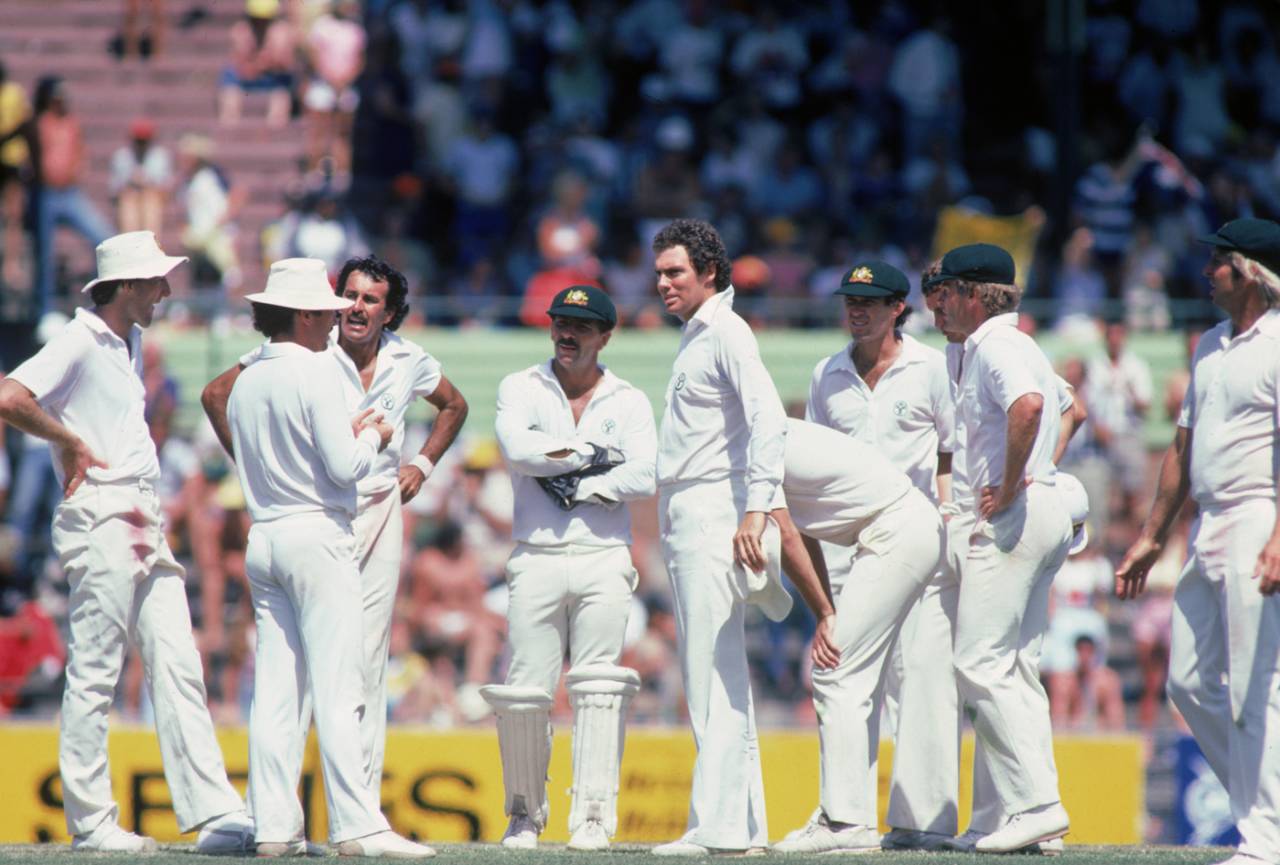Most cricket lovers are aware of the history behind the Ashes urn. On September 2, 1882, an English journalist by the name of Reginald Brooks wrote a
mock "obituary" in the
Sporting Times newspaper stating: "In affectionate remembrance of English cricket which died at the Oval, 29th August, 1882. Deeply lamented by a large circle of sorrowing friends and acquaintances. R.I.P. N.B. The body will be cremated and the Ashes taken to Australia."
At that point the "Ashes" were purely a literary device and did not exist beyond the imagination of supporters.
The urn that we now associate with the Ashes was presented to the English captain Ivo Bligh by a group of women, following the return 1882-83 series in Australia that England won. The urn supposedly contains the ashes of a bail, although this is unclear, with alternative options having been proposed that include a stump, the outer casing of a cricket ball, and even a woman's veil. In any event, Bligh took the trophy back to England with him in 1883, and it was eventually presented to the MCC for "safekeeping" upon his death in 1927. It has remained there ever since, barring a few brief excursions.
However, the majority of people are either unaware or have forgotten about another "Ashes" trophy that was specifically created to be the physical symbol of victory for Australian and English cricket contests.
At the conclusion of the
1982-83 Ashes series, the Australian team reclaimed the almost mythical urn that has come to define sporting contests between the two countries. The
fifth Test ended in a draw on January 7, 1983, with Australia winning the series 2-1 and regaining the Ashes after their 3-1 loss in England in 1981. The Australian team, perhaps slightly miffed that they weren't actually going to be presented with either the original or a replica, decided to do something about it. This decision, probably assisted by plentiful use of alcohol at the conclusion of the match, resulted in the players taking one of the bails from the Test and burning it. The burnt offerings celebrating Australia's victory were placed in a new trophy which was nicknamed "Urnie".
The initial purpose of Urnie was for it to become the corporeal sign of supremacy. It would change hands (or not) as appropriate after each Ashes series, while the original Ashes remained at Lord's.
Wisden's report of the Test made a brief mention of a "silver cup" that had been displayed by the Australian team, and also quoted Greg Chappell as saying: "Who said the Ashes never come back to Australia?"
There is no mention of Urnie in either Jack Pollard's Australian Cricket 1948-1995: The Packer Years or Chris Harte's The History of Australian Cricket. However, Cricket in Australia, Season 1982/83 reported that Urnie was to reside at the Australian Cricket Board offices in Melbourne, and was inscribed with the text: "The Ashes. English cricket dies again. Fondly accepted by Greg Chappell and Co. at the Sydney Cricket Ground on January 7, 1983."
While it is not cited in Gideon Haigh and David Frith's Inside Story: Unlocking Australian Cricket's Archives, Frith does make note of the donation of "The New Ashes" in his book Australia Versus England and suggests that the silver trophy that the burnt ashes were placed in was provided courtesy an anonymous donor. Australian Cricket, the local monthly newspaper/magazine, also wrote about Urnie, with captain Greg Chappell and other members noting at the time that the Australian team were taking the development of a more modern urn very seriously.
As with every time that Australia look likely to regain the Ashes, there will undoubtedly be an upcoming discussion in the media around the presentation of the "real" urn to Michael Clarke and arguments about whether it should remain in England permanently.
It is interesting to note that Urnie was created on the centenary of the original Ashes trophy in 1883, but unfortunately it would appear that the players' goal of creating a new trophy to be actually held by the winning team never took off. I contacted Cricket Australia a while ago, requesting information regarding the current status of Urnie, but I never received a reply.
It would be fascinating to know whether this trophy, now 30 years old, is still around, or whether it has been misplaced and is now sitting somewhere in a box, unloved perhaps but not totally forgotten.
